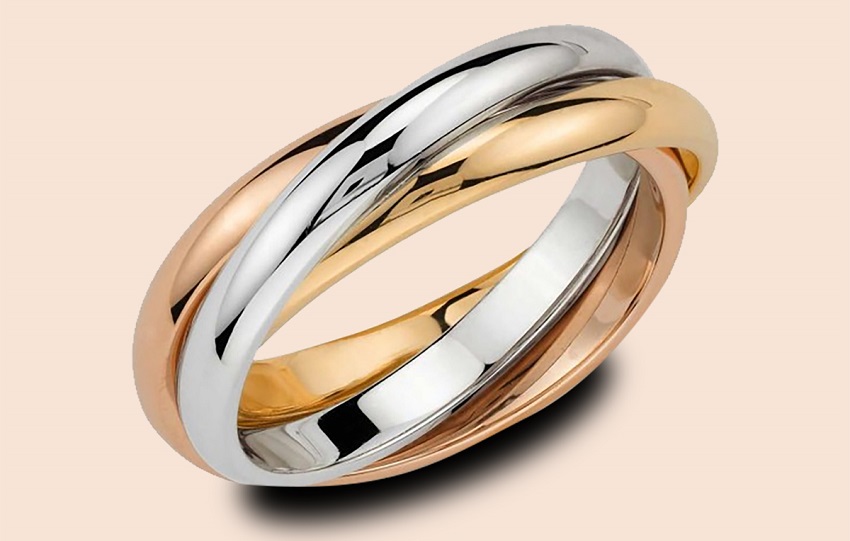
21 May What Are the Different Types of Gold?
When it comes to buying jewelry, what are the different types of gold? The difference is largely due to the type of alloy that the gold is mixed with. There are three main types: yellow, white, and rose. Yellow gold is the purest form of the metal and is used in most jewelry. White gold is made by combining pure gold with other metals, such as nickel and palladium. Rose gold, on the other hand, contains around 25% copper and has a pinkish color. These elements are mostly found on the gold items preferred by gold buyer springfield ma area.
Green gold is a naturally occurring variant of pure gold
Green gold is a naturally occurring variant of the pure metal gold. It is comprised mostly of gold and silver, but sometimes has small amounts of other metals. Green gold can also be created by mixing gold with other metals, such as copper or cadmium. Another method is plating, which adds a greenish tint to gold. In rare cases, green gold is also used to make blue gold, which has a similar appearance to yellow gold.
Because gold is extremely valuable and durable, it is usually alloyed with other metals for strength. In addition to silver, pure gold can also be yellow, pink, or green. Green gold contains copper, silver, and zinc. Pure gold is a yellow, orange-yellow metal and is rare in nature. It grows as a crystal structure with other elements. The original colour of gold, known as “Electrum”, was a mix of gold and silver. It was a pale greenish colour with a red tinge.
Blue gold is a combination of indium and gallium
When a person mentions blue gold, it is probably thinking of a rare form of metal. This rare metal is made of gallium and indium, two elements that have a very similar chemical formula. Gallium is the most abundant element in the universe, and it is used in many applications. It is also relatively safe to play with, so there is no need to worry about its toxicity.
The blue color of this metal can be achieved by alloying the metals gold with indium. By combining gold with indium, it becomes an Intermetallic compound called AuIn2. This compound contains 46% gold, which is equivalent to a 12k purity grade. Blue gold also contains some rhodium and ruthenium, which make it a tough, yet workable metal.
18k gold is more durable than 24k gold
If you’re looking for gold that lasts a lifetime, 14k gold might be the right choice. This gold is relatively affordable and has a classic gold look, although its hue is less intense than 18k gold’s. It is ideal for people who want to wear more expensive pieces of gold jewelry, but is also more affordable. While both 14k and 18k gold are strong, 14k is also a more delicate metal and can be scratched.
There are many benefits of 18K gold over 24k gold, but it’s important to know what makes it superior to its cousin. Pure 24k gold is a vivid yellow, and 18k gold is an alloy made from copper or nickel. While 18k gold is softer than 24k gold, it is still a durable material, and it scratches less than its 24k counterpart. Unlike 24k gold, 18k gold is less likely to tarnish and will remain beautiful for a much longer time.
10k gold is the least pure form of gold
Among the various types of gold, the least pure is the 10k gold. It contains 41.7% pure gold and other metals, but is still considered valuable. It is not as soft as 14K gold, so it will not bend or break easily. The alloys also add to its durability. However, despite its lower pure content, 10K gold will still not fetch a high price in a pawn shop.
The lower purity of 10K gold makes it less suitable for making meaningful jewelry, including engagement rings. This type of gold is often made of nickel, zinc, and other metals, which can cause sensitivity in some people. The least pure form of gold is yellow. It is therefore best to wear gold jewelry that is made of 14K or higher, as these contain the highest gold content. The most common color of gold jewelry is yellow, and this kind of gold is considered the least pure form of gold.

No Comments